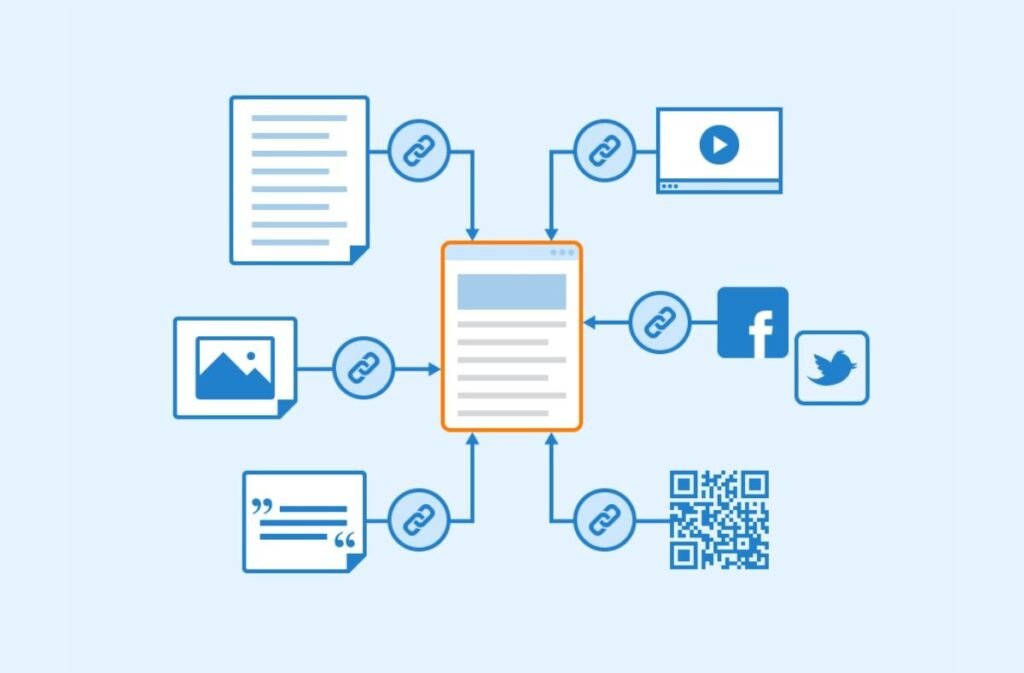Search engine optimization (SEO) is a crucial aspect of any online business or website. It involves optimizing your website to rank higher in search engine results pages (SERPs) for relevant keywords and phrases. On-page SEO is an essential part of SEO, as it refers to the process of optimizing individual web pages to rank higher in search engines.
On-page SEO is all about optimizing various elements on your website, such as the content, images, HTML source code, and internal links, to make it more visible to search engines and improve the user experience. In this article, we’ll take a closer look at the essential elements of on-page SEO and how to optimize them for better search engine rankings.
- Keyword research– Before you start optimizing your website, you need to identify the keywords and phrases that are relevant to your business or website. Keyword research is the process of finding the right keywords that your target audience is searching for. You can use various keyword research tools such as Google Keyword Planner, SEMrush, Ahrefs, and more to find the best keywords for your website.
- Title tags and meta descriptions– Title tags and meta descriptions are the first things that users see when they search for something on Google. Title tags are the clickable headlines that appear in search results, while meta descriptions provide a brief description of what your webpage is about. It is essential to optimize your title tags and meta descriptions with your target keywords to make it more relevant to search engines and users.
- Content optimization– Content is the heart of your website, and it is crucial to optimize it for better search engine rankings. Your content should be original, relevant, and informative to your target audience. You should also include your target keywords in your content, but avoid keyword stuffing, which can hurt your search engine rankings. Also, use header tags (H1, H2, H3) to break up your content into sections and make it more user-friendly.
- Image optimization– Images are a great way to enhance your content and make it more engaging for users. However, it is essential to optimize your images for better search engine rankings. Use descriptive filenames and alt text to help search engines understand what your images are about. Also, compress your images to reduce their file size, which can improve your website’s loading speed.
- Internal linking– Internal linking is the process of linking one page of your website to another page of your website. Internal linking can help search engines crawl and index your website more efficiently, which can improve your search engine rankings. Also, internal linking can help users navigate your website more easily and find relevant content.
In conclusion, on-page SEO is an essential part of SEO, and it involves optimizing various elements on your website to rank higher in search engine results pages. By following these essential on-page SEO elements, you can improve your search engine rankings and attract more organic traffic to your website. Remember that on-page SEO is an ongoing process, and you should continue to optimize your website regularly to stay ahead of your competitors.

